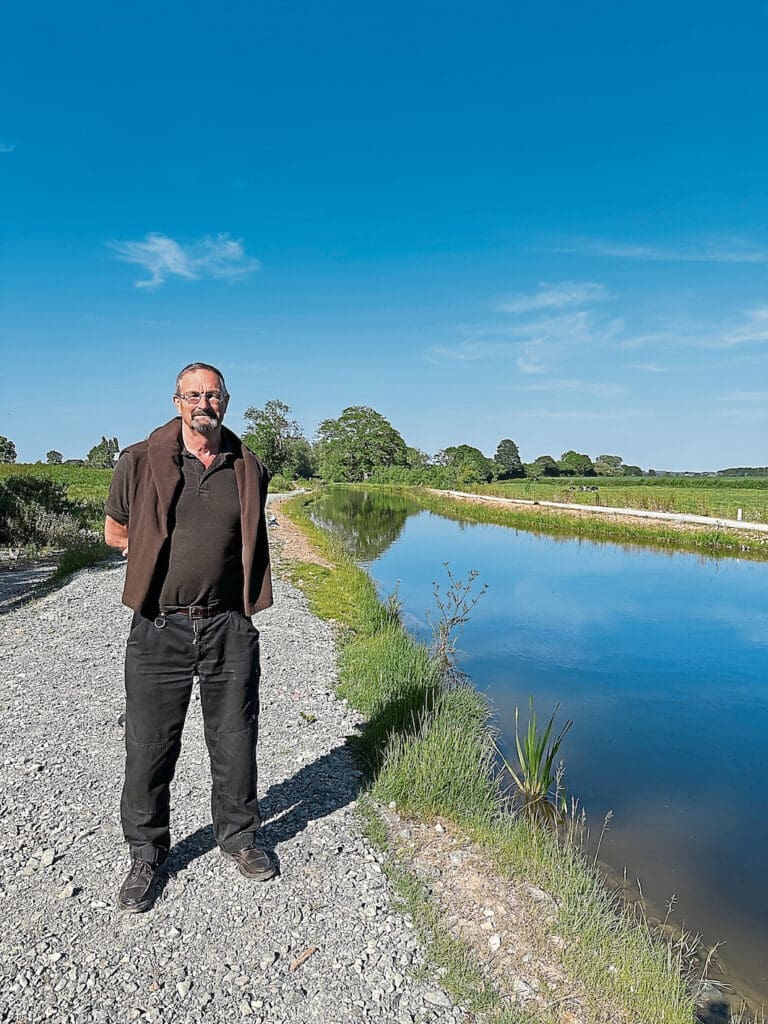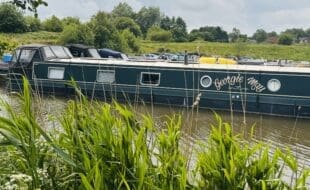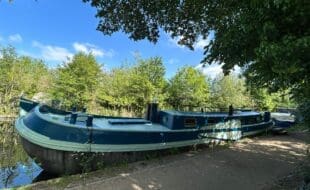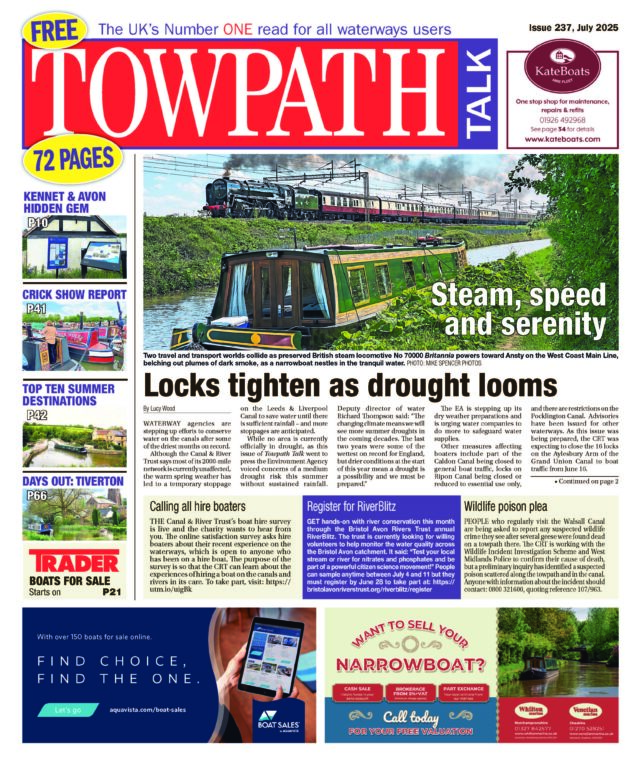THE Grand Contour Canal project was an ambitious endeavour, both in name and scale, as it would have dwarfed the current HS2 project – whichever bit is going ahead – but it may have achieved more.
It aimed to build a 100ft wide, 17ft deep canal with 25ft headroom down the spine of England to join London, Southampton, Bristol, Coventry, Birmingham, Nottingham, Derby, Chester, Manchester, Blackburn, Bradford, Hartlepool and as far as Newcastle.

The proposed canal was intended to be built without locks, as the name implies, at a height of 300ft (92m) above sea level which would be good for boat traffic but posed the question of how boats could be transported from sea level to canal level – an issue which remained unresolved as government approval for the project never materialised.
The plan was the brainchild of John Fredrick Pownell, a civil engineer, born in Pembroke Dock in 1900. His father was an engineer before him, spending some years in the US and John followed in the same business, training at King’s College in the Strand. John realised that there were routes all over the country at the same elevation that could be utilised for canal building. Further information about his career is a little thin but he died in 1971 near London.
Additionally envisaged as a national water supply resource or ‘water grid’, capable of transporting water throughout the country according to demand, this aspect of Pownell’s plan resurfaced briefly in discussions led by Boris Johnson during his tenure as Mayor of London in 2012 but once again failed due its sizeable scope.
A Shropshire Union Canal Society spokesman said: “What is great about the plan is that it is Victorian in confidence and scale and maybe in the 19th century it would have been built. After all, the very successful Manchester Ship Canal, which was of similar dimensions, was built and is still in use today.
“Big concepts, even when they don’t come to fruition, are inspiring for those of us who wish to see further restoration and improvement of the existing canal system and makes some of the engineering problems faced throughout the network, including the beloved Montgomery Canal, seem highly achievable. Volunteers will continue to work on the canals, which seems assured, but they must be supported by realistic government funding to sustain what already exists.”





